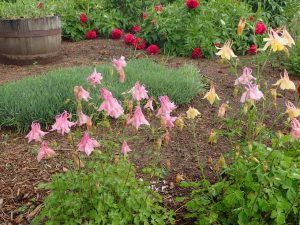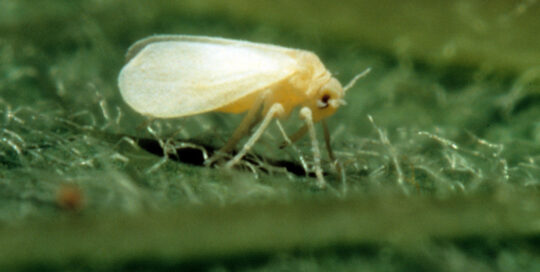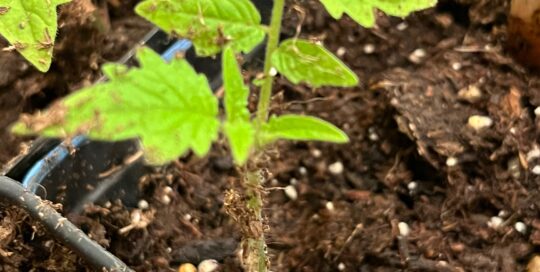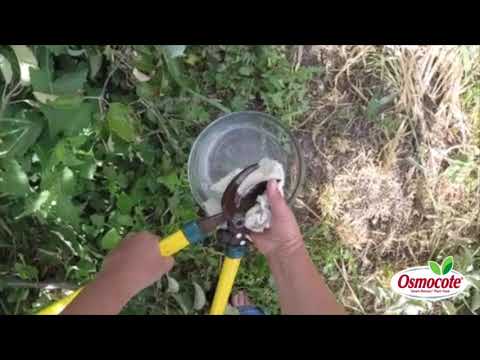Columbine Plants and Common Pests That Bother Them
Views: 4800

There are garden plants that don’t seem to have any pest issues at all for some people, but even these are susceptible to certain pests in particular parts of the country. Columbine comes to mind. Growing wild throughout the mountains and seemingly free-styling in the garden, it never seems to succumb to anything. But when my stepmom told me something was eating her columbine in Ohio, I was kind of shocked. What pest dare bother the beautiful and durable columbine? It turns out there are a couple of bad characters who pick on columbines.
Columbine Leafminer
If leaves look whitish and blotchy or appear to have serpentine tunnels running below the foliage, the columbine leafminer, Phytomyza aquilegivora, in the Midwest, and Phytomyza columbinae in the western part of the country are the most likely culprits, depending on region. The adults look similar to flies, but it’s the white maggots that burrow through the leaves.
Around the time the plants begin to flower, the females lay the dark eggs on the underside of the leaves where they are difficult to find. When they hatch, the larvae burrow into the leaf and start chewing through the interior of the leaf. While they don’t typically kill the plant, it looks unsightly, and can weaken the plant if there is enough pest pressure. Once you see the damage, there’s not much that can be done for the plant since the pests are inside of the leaves, although snipping them off and pitching them into the trash (not the compost pile). If they’re an issue every year, be proactive and keep an eye out so you can remove the leaves before the eggs hatch.
Columbine Sawfly
The other possibility is the columbine sawfly, Pristiphora rufipes, a non-native species that made its way to North America from Europe. This black wasp-like looking insect is only 1/4 inch long, but has fairly long, orange legs and long, black antennae. As an adult, sawflies are fairly inconspicuous and eat nectar and pollen in their short lifetime, but as with so many other pest species, it’s the larvae that cause the problem.
An interesting fact about columbine sawflies is they don’t need a mate to reproduce. When the female lays the eggs, she cuts into the leaf with her oviposter, then lays the tiny eggs in groups of 30-90. Once they hatch, they look like caterpillars, and they take advantage of their placement by consuming the leaves in the area. A lot of times they’ll hang out underneath the leaves since the sawfly larvae are favorites for birds to eat, as well, which is one reason not to do much about them. But… and this is the big caveat… if there are enough of them, they can actually do a fair amount of damage. In this case, remove them manually, or try Neem oil or insecticidal soap. Keep in mind that the larvae aren’t really caterpillars so Bt (Bacillus thuringeniensis) won’t work on them.
Even the toughest plants are sometimes susceptible to pests. And while not many insects affect columbine, if either of these are in your area, look for leafminers and sawflies as the most likely suspects.
Meet Amy Grisak
Amy is a freelance author and photographer in Great Falls, MT who specializes in gardening, foods, and sustainable agriculture. She provides information on every kind…
Amy's Recent Posts

Watch Out for Silverleaf Whiteflies








